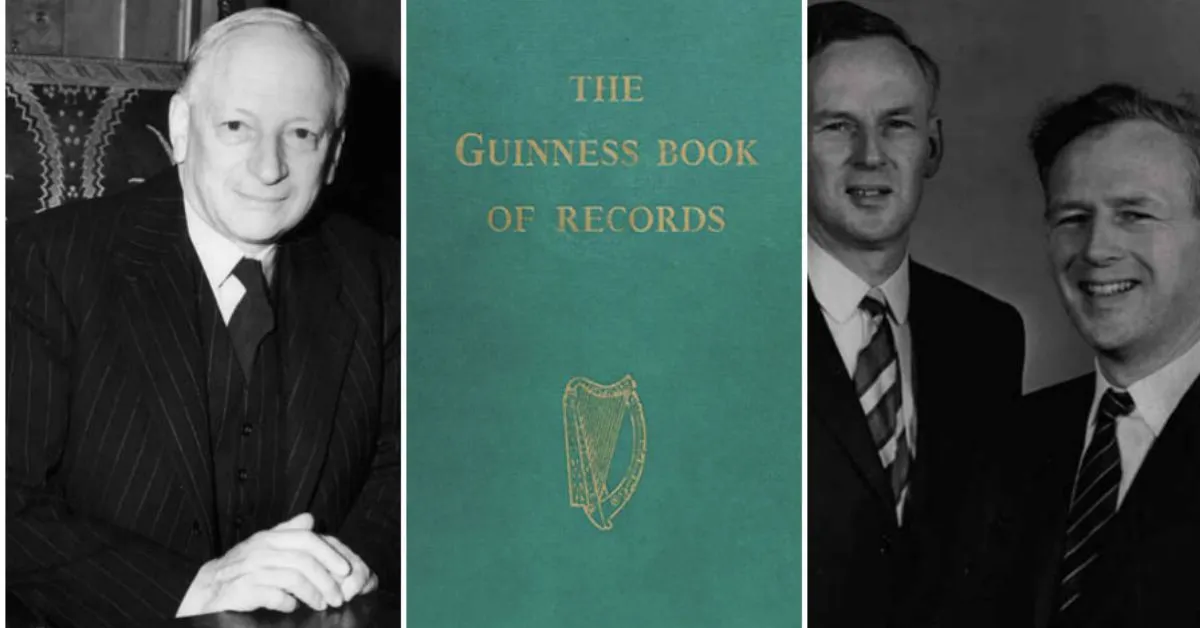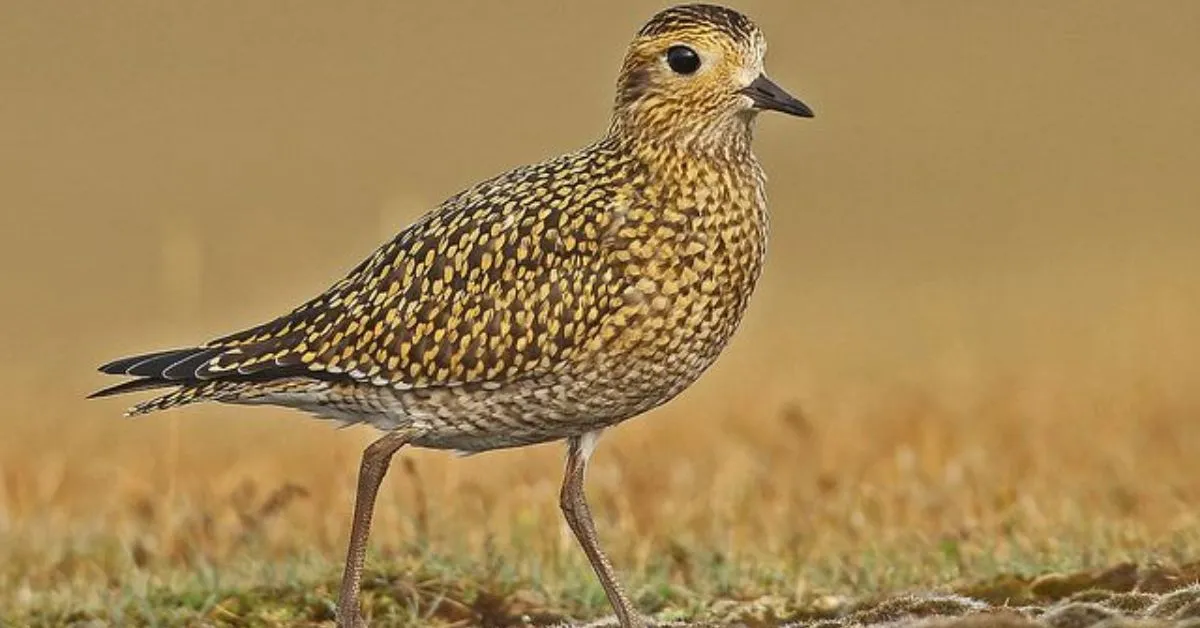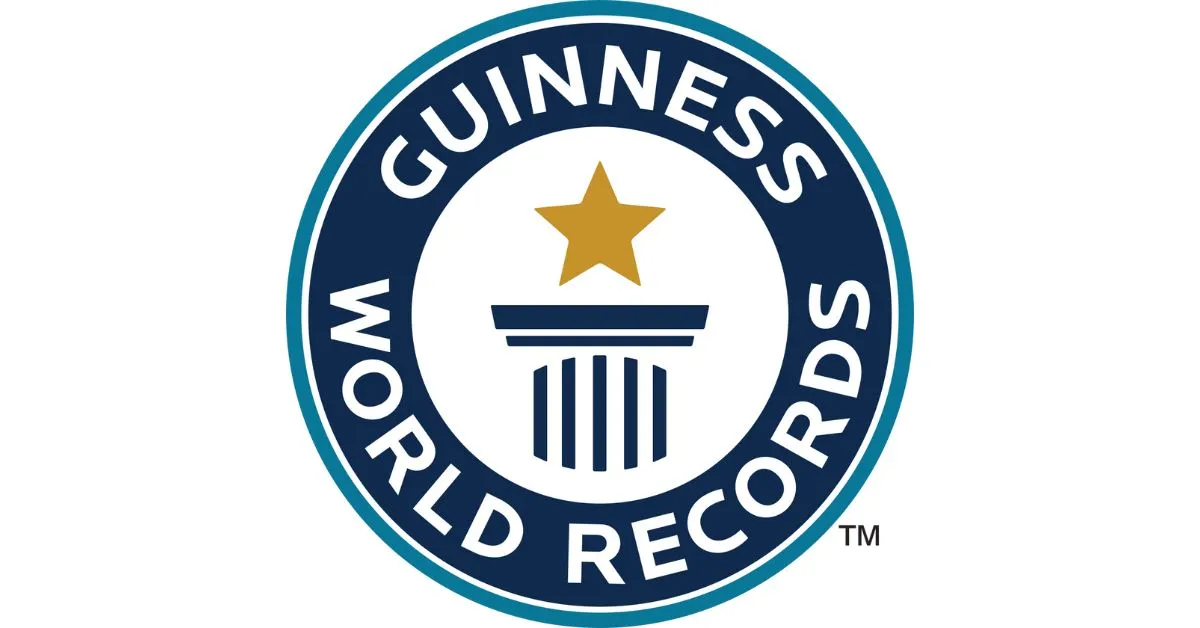The first-ever record in the Guinness Book of World Records was for the fastest bird in Europe, Golden Plover. Sir Hugh Beaver, the managing director of Guinness Brewery in the 1950s, went to a shooting party in County Wexford, Ireland. After missing the shot at a golden plover, he got into an argument. In his defense, he said that it was the fastest game bird in Europe but failed to find a reference book that could prove him right. That’s when he realized that there should be a book to answer such questions and decided to include this record in the inaugural 1955 edition of the Guinness Book of Records.
The Record that Started it All: Unmasking the First Guinness World Record
The Guinness World Records is a prestigious publication that has captivated readers for decades, offering a fascinating collection of incredible achievements and records. But have you ever wondered what the first Guinness World Record was? In this article, we will delve into the origins of the Guinness World Records and uncover the story behind the very first record ever recorded – a crucial milestone in the world of record-breaking and human achievement.
The Birth of Guinness World Records
The concept of Guinness World Records originated with Sir Hugh Beaver, the managing director of the Guinness Brewery, during a debate in 1951. Sir Beaver wondered which bird was the fastest in Europe, but was unable to find the answer in any reference books. This inspired him to create a publication that would provide a comprehensive record of remarkable feats and accomplishments.

The First Record
In 1955, the inaugural edition of the Guinness Book of Records was published. The first-ever record included in this book was inspired by a debate held at the Guinness Brewery. Sir Hugh Beaver himself had participated in a hunting expedition where he failed to shoot a golden plover, an elusive and fast bird. Curious to determine if it was the fastest bird in Europe, Sir Beaver added the record in the book, confirming its status as such.
The Golden Plover: Aesthetic Brilliance in Plumage
The golden plover (Pluvialis apricaria) is a medium-sized wading bird that boasts a beautiful plumage. During breeding season, their striking gold, black, and white feathers create an exquisite sight. This vibrant display of colors distinguishes them from other avian species and fascinates birdwatchers and nature enthusiasts alike.
Following are the measurements for Males and females. They are of same size:
Length: 26 cm to 29 cm
Weight: 140 g to 312 g
Wingspan: 67 cm to 76 cm

Migratory Marvels: Incredible Journeys Across Continents
Golden plovers are renowned for their remarkable migratory patterns, covering extraordinary distances each year. They breed in the Arctic tundra regions of Europe and Asia, and during autumn, embark on an astounding journey to their wintering grounds in Africa, India, and Southern Europe. This migratory feat can span thousands of miles and showcases the incredible adaptability and endurance of these avian voyagers. During migration, these birds can achieve impressive speeds. They have been recorded flying at an average speed of around 40 to 50 miles per hour (64 to 80 kilometers per hour) when in flight. However, it’s important to note that their speed can vary depending on factors such as wind conditions and the bird’s age and health.

Adaptive Behavior and Habitat
Golden plovers inhabit diverse ecosystems, from wetlands and grasslands to coastal areas and marshes. They exhibit versatile feeding habits, feeding on insects, worms, and small invertebrates. With their slender bills and agile foraging techniques, they adeptly navigate various terrains to fulfill their dietary needs.
Enviable Vocalizations: A Melody in the Air
Golden plovers are not only visually captivating but also possess enchanting vocalizations. Their distinct and melodic calls add a musical touch to their natural environment. These vocal interactions serve various purposes, including territorial marking, attracting mates during breeding season, and signaling danger within their social groups. The sound may resemble a soft, musical “weet-weet” or a pleasant, whistling “tu-lee.” However, like any bird, individual Golden Plovers may have slight variations in their vocalizations.
Conservation and Environmental Significance
Golden plovers play a vital role in their respective ecosystems, contributing to the balance of local food chains and controlling insect populations. Protecting their habitats ensures the preservation of a delicate ecological balance while fostering biodiversity in the areas they inhabit. Conservation efforts should focus on preserving their breeding grounds as well as safeguarding their migratory routes to support their remarkable journeys.
Golden Plovers and Human Connection
Beyond their ecological importance, golden plovers have cultural and historical significance. They have inspired poets, writers, and artists throughout centuries, symbolizing grace, freedom, and the beauty of nature. These birds also hold a place in folklore and indigenous traditions, reflecting the deep connection between humans and the natural world.
Conclusion
Golden plovers are awe-inspiring avian wonders, captivating us with their stunning plumage, impressive migrations, and vital role in ecosystems. Understanding and appreciating these exquisite creatures encourages us to promote their conservation, protect their habitats, and celebrate their place in the rich tapestry of our natural world. Whether witnessed during breeding season in the Arctic or spotted during their incredible migratory journeys, golden plovers never fail to leave a lasting impression on those fortunate enough to observe them.
Help us spread the word by sharing this article and ensuring more people get access to this valuable information.

